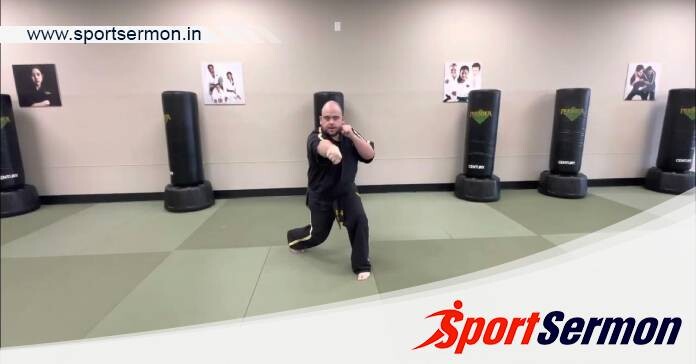Muay Thai Combinations: Muay Thai, often known as the “Art of Eight Limbs,” is a Thai martial art that focuses on striking and uses the fist, elbow, knee, and shin as weapons. Many people consider it to be the most efficient striking technique ever created, and fighters with a foundation in muay thai still rule sports like mixed martial arts.
Muay Thai is a striking-based martial art that emphasises practicality over flair, in contrast to other striking-based schools such as Taekwondo, which includes thousands of striking techniques. Mastering the art of combining punches with kicks, elbows, and knees is a crucial quality that sets elite Muay Thai fighters apart from the others.
In case you’re new to the sport, this article will examine 12 fundamental combos that you should concentrate on. The majority of these stunning combinations are effective at all skill levels and are simple to master.
12 Fundamental Combinations of Muay Thai That Everybody Should Know
To master the combinations we are about to study, you do not need to be a skilled Muay Thai fighter. In mixed martial arts tournaments and self-defence situations, many of these techniques also work well. Now let’s get started with our list of the top 12 fundamental Muay Thai combos.
1) Jab, Rear Leg Roundhouse
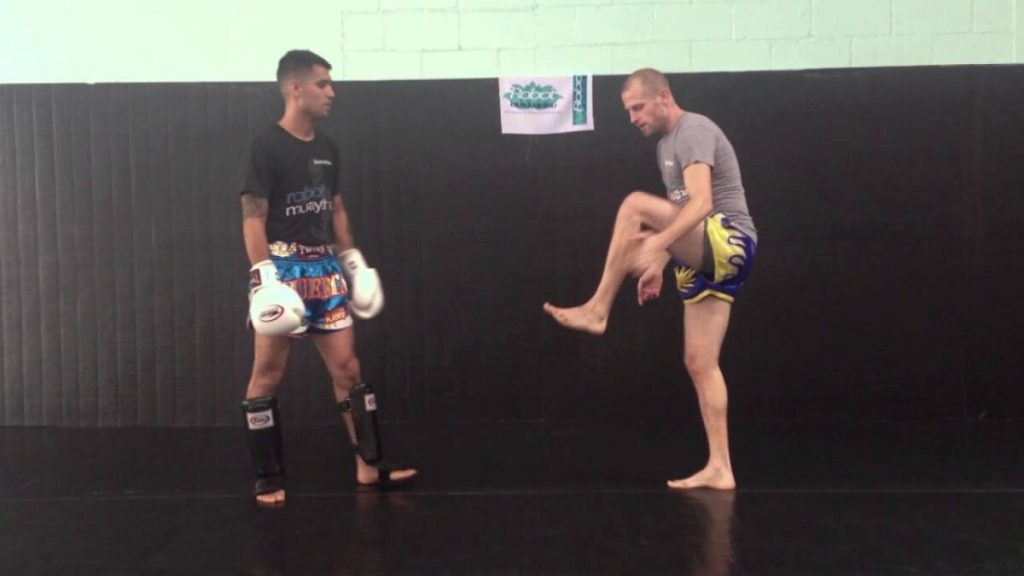
The jab, one of the first blows taught to students in many striking-based martial arts, is one of the most often used punches in sports like boxing and muay thai. Your jab can be beneficial for setting up more powerful attacks like a rear-leg head kick, judging distances, and disrupting your opponent’s rhythm, but it won’t usually end an opponent.
If you throw a jab, your opponent will usually move their hand forward to parry or catch it, or they may evade it by moving their head off the centerline. In either case, fire right away to take your opponent off guard because their hand isn’t shielding their head from a head kick.
Throwing a couple more combos that begin with a jab to deceive your opponent into thinking you’re going to throw a leg kick first is another way to land this combination. To get your opponent acclimated to receiving two jabs in succession, you may, for instance, throw a few double punches before launching into a jab-head kick combo.
You might also be interested in reading this: The Top 5 Muay Thai Elbow Combinations
2) Jab, Cross, Hook, Rear Leg Kick

One of the first few combinations that boxers learn is the jab, cross, and hook; this combination is equally effective in Muay Thai. As Muay Thai allows kicks, make sure to end the combo with a backleg kick to the head or body.
Depending on your position, you may be able to kick your opponent in the body, increasing your chances of success because it forces them to raise their hands in defence of your punch combo.
3) Jab, Cross, Switch Kick
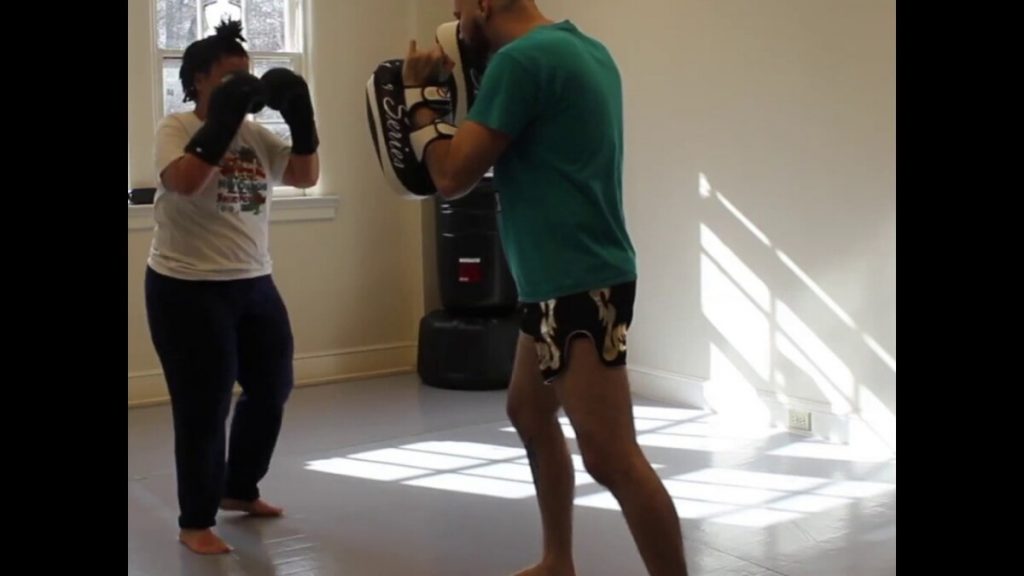
This expands on the mix mentioned before. Although the concepts of the two combos are quite similar, in order to increase the strength of this combination, you must change stances before launching your kick. Start the 1,2, and then switch to your rear foot by bringing your lead leg back. After kicking with your new rear leg, take a step back and resume your regular posture.
As the switch gives opponents away your intentions, you need to kick fast to avoid being able to use this combo to lethal effect if you land on your opponent’s liver.
4) Double Jab, Teep
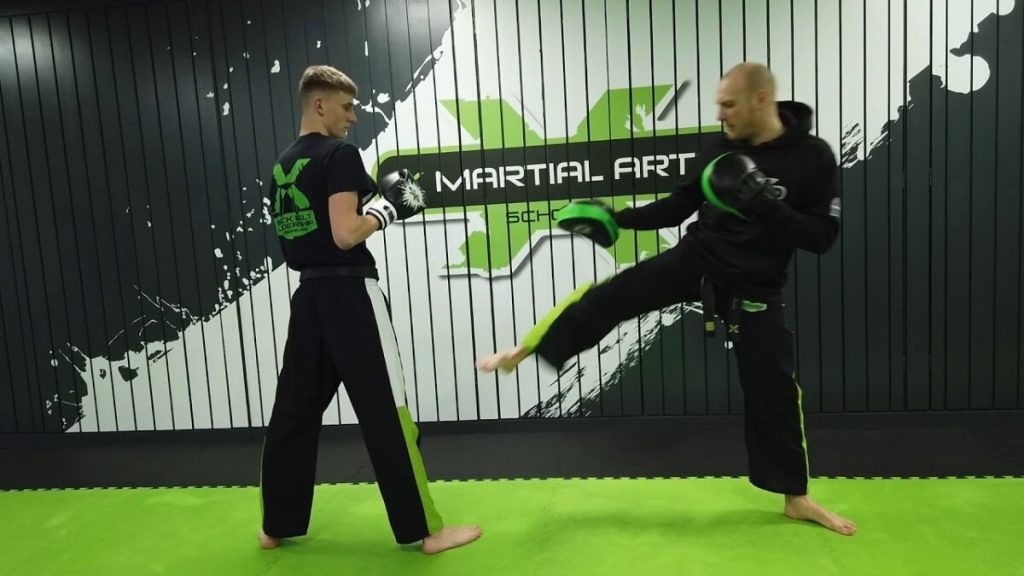
Since this is one of the most common combos in Muay Thai, give yourself enough practice to get good at it. The kicking equivalent of the jab, the teep (also termed a push kick) is one of the most used attacks in Muay Thai.
You use the teep to gauge distances and deter opponents. A teep connects with enough force to make opponents back a few paces, unlike a jab. If you want to control the beat of a battle and make your opponents fight on your terms, you need to learn how to use the teep.
After using the initial jab to determine distance, throw another one to surprise your opponent by getting them to raise their hands to defend their heads. This will let you throw the teep and make sure it lands with maximum force. You are in position to drive your opponent back with your teep if your jab can make contact with them. Use this combo judiciously since if you overuse the technique, competent opponents will try to snag your leg.
5) Jab, Cross, Lead Elbow

This is a straightforward combo that has the potential to alter a fight’s pace. In Muay Thai, elbows are close-range weapons. To close distance on your opponent, use a cross, and confuse them with a jab. Launch with the elbow, extending your arm in a manner akin to tossing a hook. You should strike with the bone at the base of your elbow while keeping your shoulders and elbows parallel to the ground. To open up a cut, go for soft regions such as the nose, cheeks, and eyebrows.
6) Inside Leg Kick, Cross
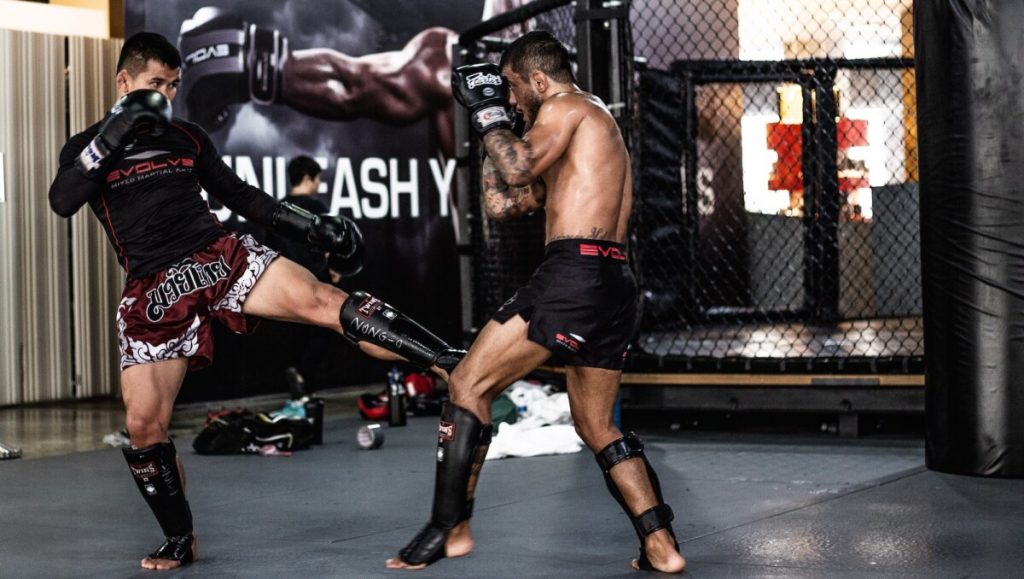
When you want to throw your opponent off-balance for the next blow, this combo works well. Kick with the inner leg first, and then quickly go into a cross. As they won’t be able to predict your next move, this should take your opponent by surprise.
A forceful inside-leg kick might cause your opponent to lose their balance, giving you the opportunity to score points while making them open to further attacks.
7) Jab, Feint, Lead Leg Kick To The Body

Another straightforward but very powerful combo that Muay Thai fighters frequently employ is this one. By first executing a jab and then a feint, you divert your opponent’s attention from their head defence and use your lead leg to attack their liver. Although you may also aim for their head, your chances of landing that combo are reduced because your opponent’s hands will probably be raised.
8) Cross, Jab, Cross
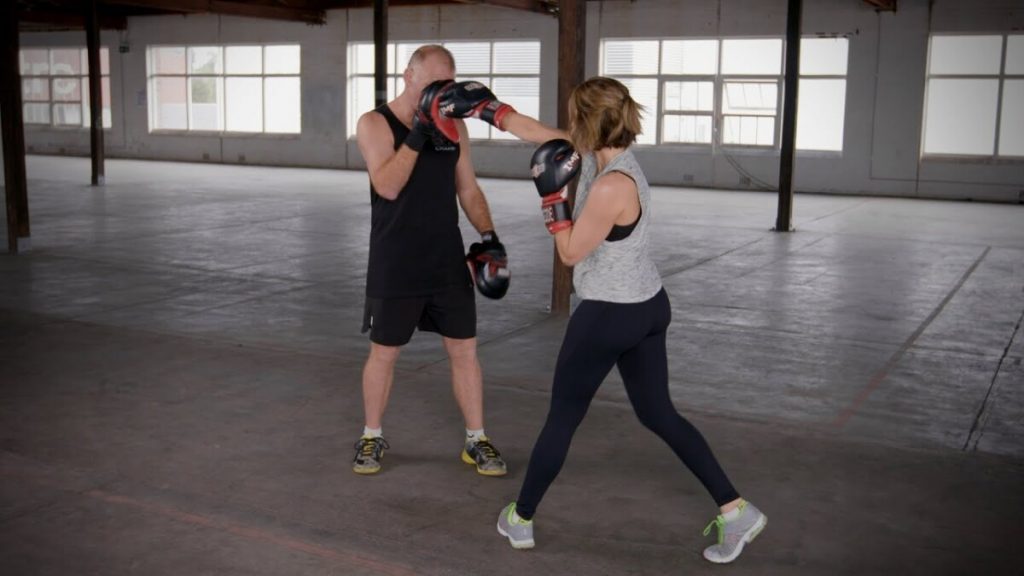
An equally powerful boxing combo in Muay Thai is the cross-jab-cross. When thrown correctly, it’s a quick combo that doesn’t leave you defenceless, and you can land it from a distance. It’s an excellent strategy to get points or to give your opponent a little scare while you plan your next move. You should also have this combo on hand for self-defence scenarios.
9) Jab, Cross, Lead Uppercut, Low Kick
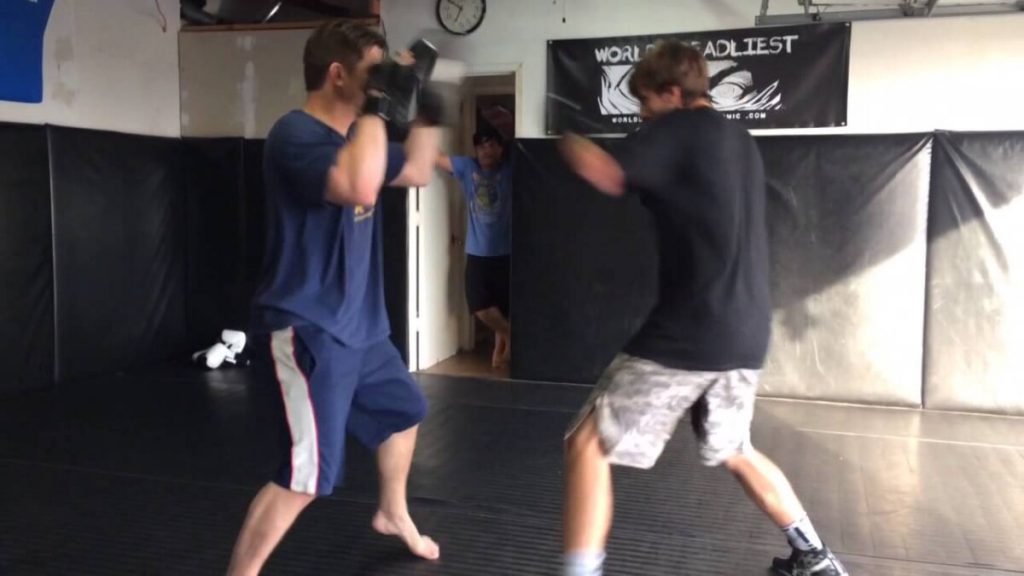
This is a combo where the uppercut is used. To get near to your opponent, start with a simple 1-2 combo. Give them a lead uppercut to the head right away. By doing this, you may end with a strong low kick since it will cause them to let down their defence and expose their lower body to kicks.
10) Jab, Cross, Left Knee, Right Elbow

Here’s how to position yourself up for a strong elbow to the head. Jab to gauge distance, then move in with a strong cross. Launch the strike straight into your opponent’s body with a left knee, then finish it with a right elbow. This combination typically causes opponents to drop their guard in an attempt to deflect a further knee attack, which allows for an elbow strike with the back of the elbow.
11) Lead Hook, Low kick

Use this combo to give your opponent a strong leg kick and hook. Start with a lead hook as soon as you observe an opening that your opponent made by holding their guard in front of their face. This positions you to finish the combo with a strong leg/calf kick delivered with your back leg.
When you execute a low kick well, your opponent should be too preoccupied defending against your punches to notice.
12) Jab, Cross, Lead Hook To The Body, Rear Roundhouse

Once you’ve executed a couple of combos that begin with a jab-cross, you may add this one to the mix. Use a lead hook to the liver to fool your opponent when they’re expecting a low kick or anything else, then follow up with a rear kick. Since some boxers reflexively drop their defence after being struck with a heavy blow to the body, the head is usually the ideal target.
The backkick must fall like that. Deliver a roundhouse kick to the head after throwing the liver punch as if you were going to finish the fight with it.
These are only a handful of the numerous combinations that may be found in Muay Thai. Work them into your routines and get proficient with them before going on to more complex combinations.

